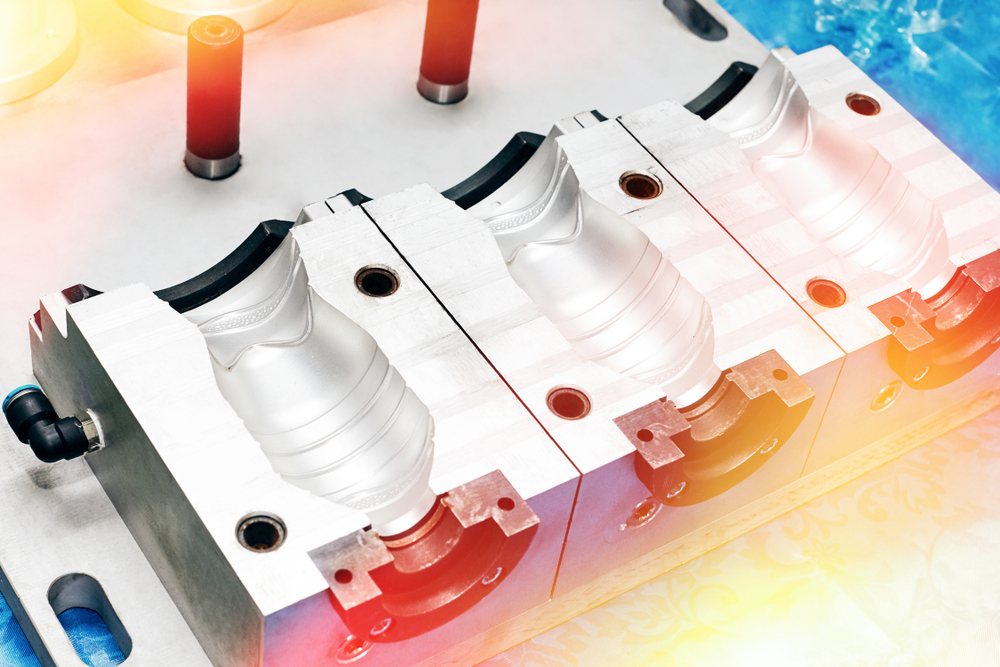
EZ-Kote provides a 21st-century solution for mold release applications with our environmentally friendly water-based formulas.
We utilize state-of-the-art, semi-permanent, water-based technology that does better than traditional mold release agents.
Today, we’re going to share our tips on how to apply a water-based mold release agent for the best results.
Keep Molds Clean
Our water-based mold release agents keep your industrial molds cleaner compared to other mold release products. Even so, you should clean the molds thoroughly before applying a mold release agent. This removes any debris leftover from the molding process as well as traces of the previous mold release application that might reduce the effectiveness of the new application.
Run Initial Tests & Keep Maintaining Data
Running initial tests on a prototype line with your new water-based mold release application. This ensures the product meets your specifications and expectations. Testing must be consistent and performed under the same conditions and with the same personnel to be effective when looking for the optimal mold release usage.
Test your most difficult parts and molds to see how the water-based mold release agent holds up under heavy-duty conditions in your production line. Then, if you have time, test your other parts too.
Your QA team keeps testing your line for quality control. Maintain your data collection for the mold releases throughout every line and tweak your water-based mold releases. You might find they get more efficient over time.
Related Post: Dos And Don’ts Of Applying Mold Release Agents
Use the Correct Water-Based Mold Release for the Type of Products You’re Making
It’s vital you use the right mold release for the type of molds you have in your production line. A water-based mold release agent that works for rubber isn’t necessarily the right option for plastic or polyurethane.
Look for these issues that may happen with various molds when you’re not using the right water-based mold release agent:
Plastics: You must select a water-based mold release agent based on the process you’re using as well as the type of polymer that runs through the mold.
Rubber: Manufacturing with rubber has its own challenges because it must remain flexible but also easily removable from molds. Applying too much of a water-based mold release agent can cause build-up just as much as using too little.
Polyurethane: The problem with polyurethane is build-up on the mold surface, which causes an increase in scrap, defects, de-molding, and downtime.
Composites: Using composite materials needs special water-based mold release agents because the wrong ones may cause pre-release, flow off, and wax dissolving.
Signs You’re Not Using Enough Water-Based Mold Release
Look for these signs if you’re not using enough product:
- Cleaning molds too frequently due to material build-up.
- Glossy parts have a dull appearance
- Dry or rough parts after de-molding
- Parts stick to mold frequently
Related Post: Mold Release Agent FAQs
Signs You’re Using Too Much Water-Based Mold Release
You are applying too much water-based mold release if you see the following:
- Variable surface finishes on parts following molding
- Your parts are missing critical, fine details
- Knit lines
- Blisters
- Voids
We Can Help You Choose the Right Water-Based Mold Release Agent
EZ-Kote has decades of experience with water-based mold release agents. Our engineers can help you select and test the right one for your application.
Contact EZ-Kote or call (770) 720-1811 for more information on our mold release solutions for your company.
